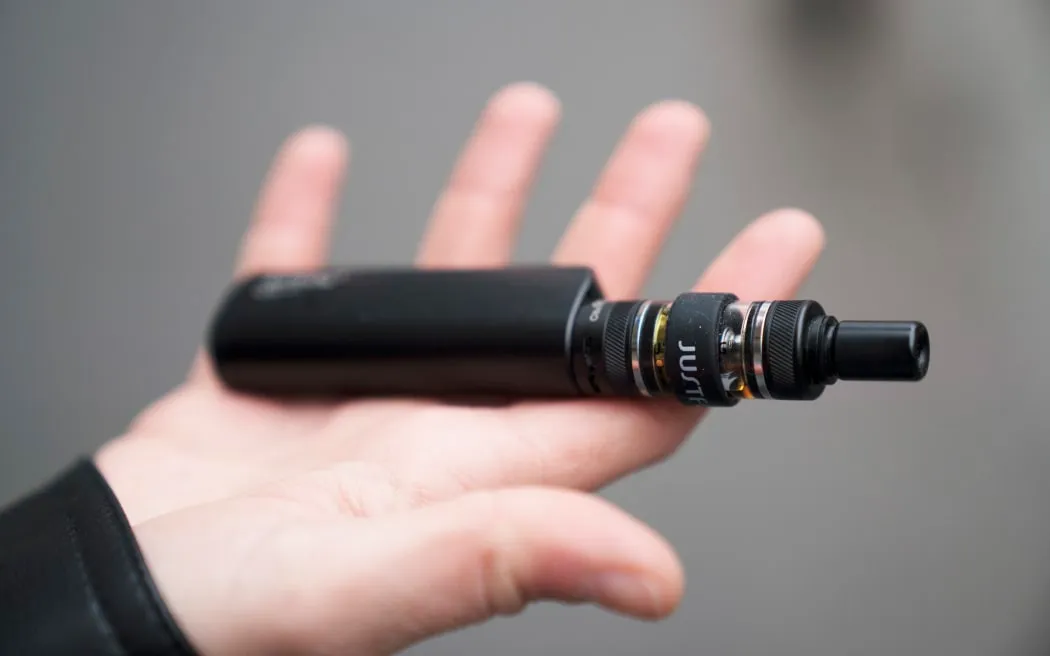New Zealand’s Vaping Crisis: A Growing Concern for Young People
The vaping crisis in New Zealand has taken a devastating turn, with the number of young people using e-cigarettes skyrocketing to alarming levels. The country’s youth are being targeted by tobacco companies, who are reaping the rewards of a lucrative market. In this article, we will delve into the reasons behind the rise of vaping among young people and explore the measures that need to be taken to prevent this growing health crisis.
**The Rise of Vaping**
Since 2020, the total number of vapers in New Zealand has increased by more than two hundred percent. This is a staggering figure, considering that vaping is not yet regulated in the same way as tobacco products. The rise of vaping can be attributed to several factors, including the increasing availability and affordability of e-cigarettes.
**Tobacco Companies’ Role**
British American Tobacco, one of the largest tobacco companies in the world, owns Vuse, a leading brand of e-cigarettes. In 2021, it was announced that Vype would rebrand as Vuse, further solidifying its presence in the market. The company’s single largest global share in e-cigarettes makes it a significant player in the vaping industry.
Vuse has been criticized for its aggressive marketing tactics, which target young people and vulnerable populations. The company’s products are designed to be appealing and accessible, with flavors such as fruit and dessert options that can be particularly attractive to minors.
**The Impact on Young People**
Graham, a leading expert in tobacco control, emphasizes the importance of listening to the voices of young people. “When we’re talking about policies that are going to impact our rangatahi, they need to be in the conversations,” she said. The community needs to understand the harms of vaping and how it can affect young people’s health.
Young people often turn to older siblings or friends who vape as a way to try e-cigarettes. However, Graham notes that there are gaps in the system that allow retailers to sell these products to young people. “That’s a real issue when we have retailers who are well known within the community as to who will provide these products to our young people,” she said.
**The Need for Regulation**
Regulation is crucial in preventing the vaping crisis among young people. Graham emphasizes the need for policymakers to listen to the voices of young people and understand their experiences. “The next step for it is for us to then listen, right? Like being able to hear what our rangatahi are experiencing,” she said.
To address this issue, policymakers must consider implementing stricter regulations on e-cigarettes, including age restrictions and warnings about the health risks associated with vaping. Graham also advocates for education programs that focus on the dangers of vaping and provide alternatives for young people who want to quit smoking.
**Conclusion**
The vaping crisis in New Zealand is a growing concern that requires immediate attention. Tobacco companies’ aggressive marketing tactics are targeting young people, leading to a significant increase in vaping rates. Policymakers must take action to prevent this health crisis by implementing stricter regulations and listening to the voices of young people.
By understanding the reasons behind the rise of vaping among young people and taking measures to address it, we can work towards a healthier future for New Zealand’s youth.

0 Comments